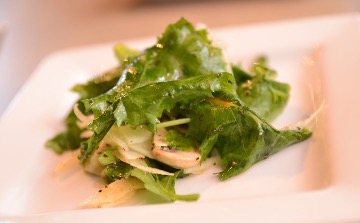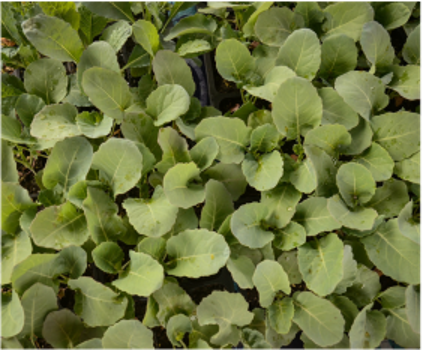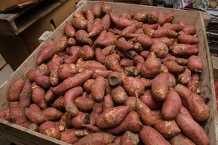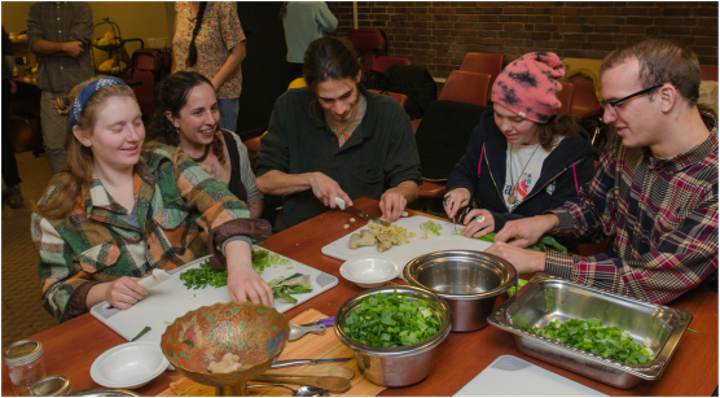With common lows of 10 degrees Fahrenheit during Massachusetts winters, it’s hard to believe that people can eat New England regional foods from November to April. When a foot or two of snow separates farmers from the soil, that possibility seems to shrink even further. Can we eat locally and seasonally right through our frigid Massachusetts winters, or are we bound to imports from warmer states to sustain ourselves?


Yes, you can eat that salad this winter and still be eating locally.
Not only is eating locally and seasonally during the winter in Massachusetts possible, it’s nothing revolutionary. Prior to the introduction of an industrial system of agriculture and an international trade system in America, there was no other option but to eat locally and seasonally all over the continent. The indigenous peoples of the Americas used many food preservation techniques to aid in their winter survival, from drying corn and berries, to storing roots in cool caves, and freezing-drying foods at high altitudes. These practices have stood the test of time, as we continue to use many of them today, albeit with a little more technology and efficiency.
Coupled with the innovative season-extending practices of modern farmers in our area, it is clear that we are beginning to paint a new picture of what local eating means in frozen winters. This picture shows that eating seasonally during snowy months is not just doable, it is exciting! Eating locally all year gives us a chance to enrich our communities and continue to build resilience as we move towards a healthy and sustainable New England food system.
Ready to be a winter locavore in Massachusetts? Take some tips from the UMass Healthy and Sustainable Food System Initiative. Here’s how you can do it:
Start getting your greens from farmers using hoop houses.
Hoop houses are made from a series of bowed rods placed directly into rows and fields that are covered with green-housing plastic. These simple and cost effective tools harness the heat of the sun, much like a greenhouse. Unlike a greenhouse, hoop houses do not use heating or ventilation systems, and thus do not need sources of outside energy to be sustained. By choosing the right hoop house materials and cold-hearty varieties like Lacinato kale and Hakurei turnips, farmers can grow right through the winter season in Massachusetts.
Look for frozen fruits and veggies that your local farmer processed!
Processing centers, like The Franklin County Community Development Center in Greenfield, are providing local farmers with unique opportunities to distribute value-added products (think salsas and frozen broccoli florets) to their surrounding community. Frozen fruits and vegetables retain almost all of their nutritional benefits, so go ahead, go for that extra berry smoothie at Hampshire Dining Common this winter. Chances are it’s got some of the 6,000 pounds of strawberries that Joe Czajkowski froze for UMass over the summer!

Know your roots (and squash).
Curing involves storing crops in a warm, humid place for up to two weeks. Many root vegetables and winter squashes are cured by farmers in order to develop sugars within the food and strengthen their skins. This, in turn, extends their shelf life for months, allowing us to enjoy things like sweet potatoes and butternut squash grown in our own backyards as late as March!
Cold storage crops are your new best friends.
Cold storage crops include many root crops, brassicas (like cabbage), onions, and potatoes. When stored properly in something like a root cellar, or even your refrigerator, these crops can stay fresh for months.

